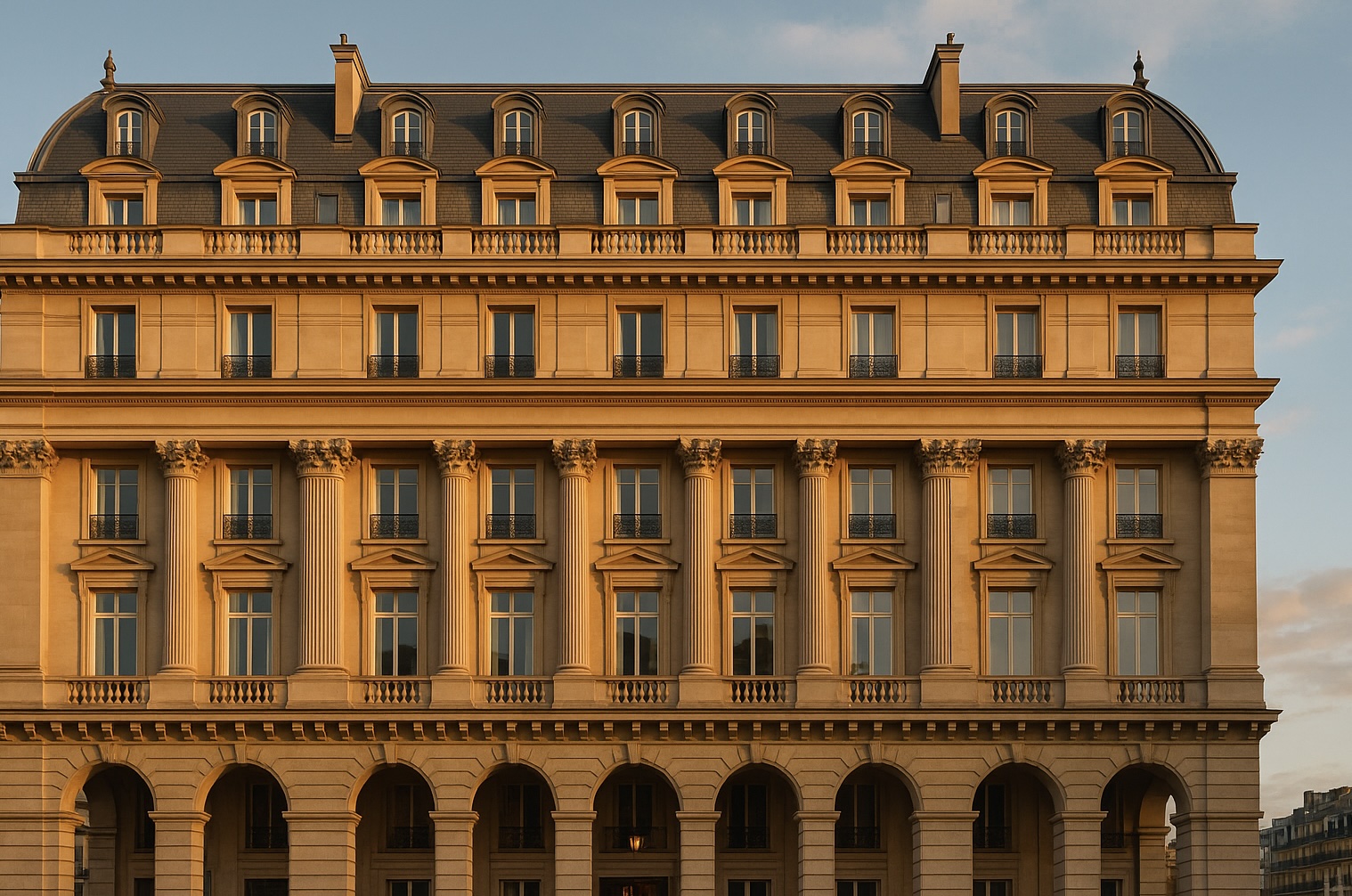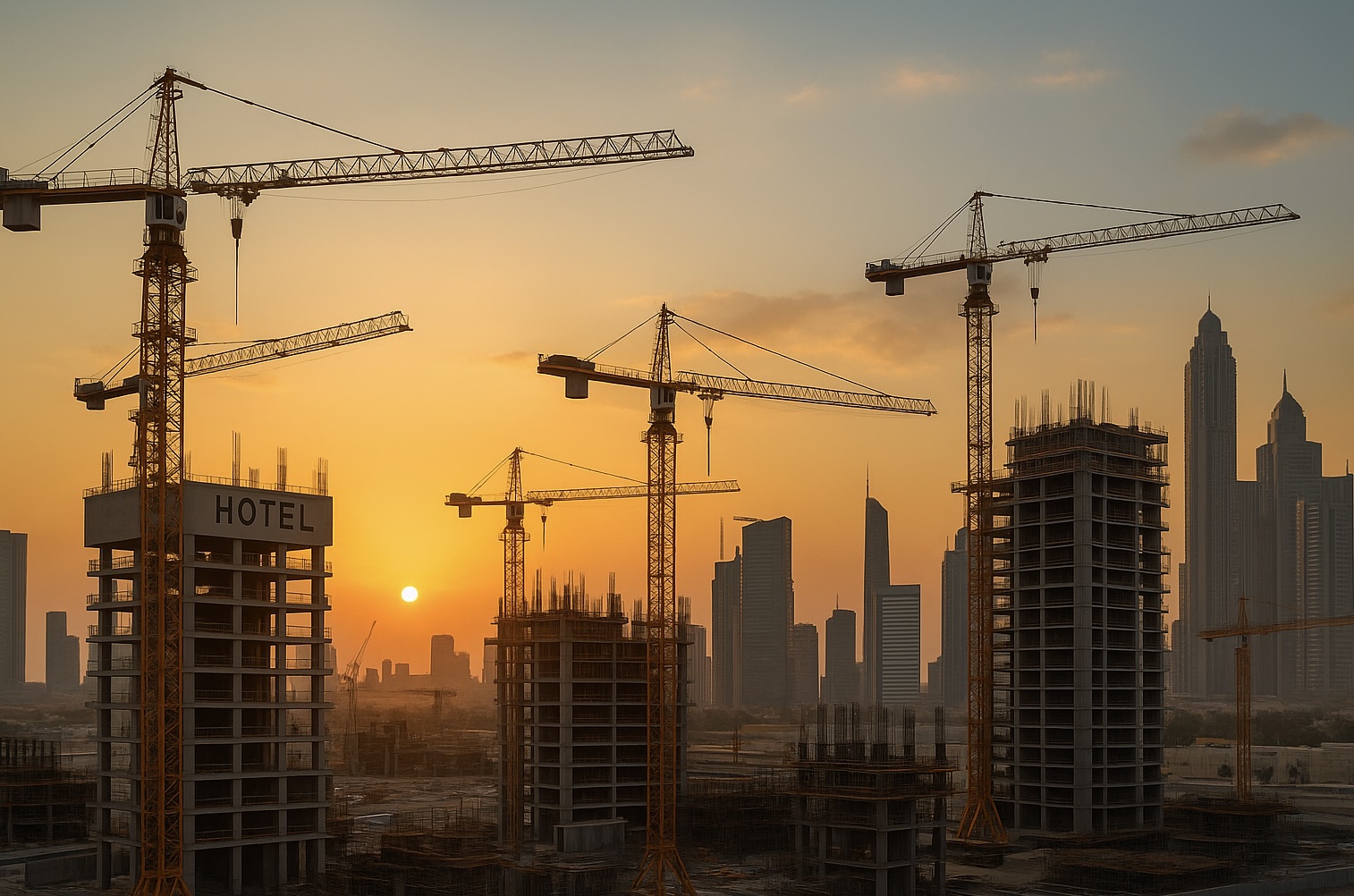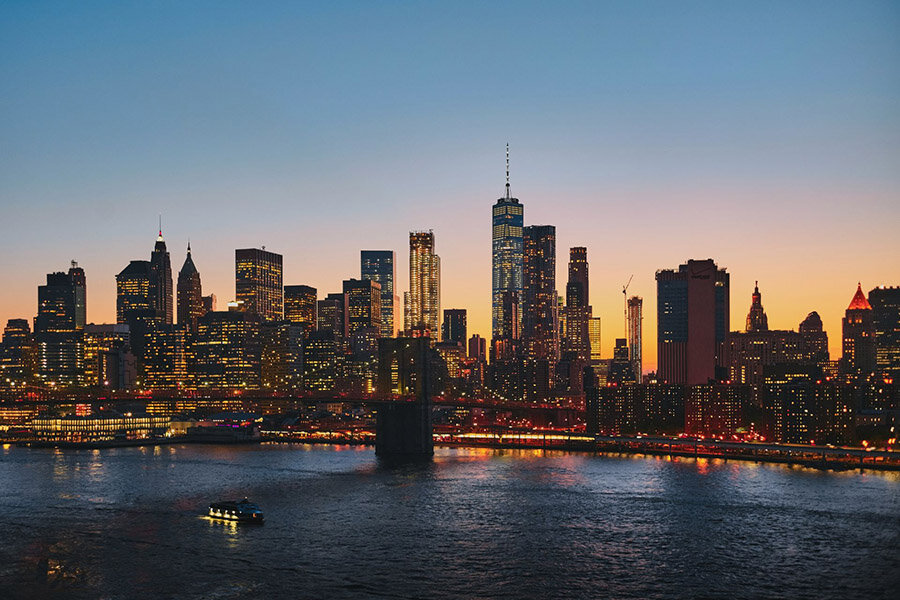читайте также
 Spain’s Real Estate: Record Prices and Falling Yields
Spain’s Real Estate: Record Prices and Falling Yields
 Fuel crisis at Seattle Airport: the Olympic Pipeline outage has disrupted supplies
Fuel crisis at Seattle Airport: the Olympic Pipeline outage has disrupted supplies
 European Hotel Construction Market Breaks Records: Upper Upscale Segment Reaches New Heights
European Hotel Construction Market Breaks Records: Upper Upscale Segment Reaches New Heights
 Middle East Hotel Construction Pipeline Hits Record High: 659 Projects and 163,816 Rooms Under Development
Middle East Hotel Construction Pipeline Hits Record High: 659 Projects and 163,816 Rooms Under Development
 New Rules for Greece’s Golden Visa: What Changes for Investors
New Rules for Greece’s Golden Visa: What Changes for Investors
 Holiday Travel 2025: Less Spending, More Generational Shifts — Deloitte’s New Forecast
Holiday Travel 2025: Less Spending, More Generational Shifts — Deloitte’s New Forecast
Real Estate / Investments / Analytics / Research / Reviews / USA / China / United Kingdom 06.07.2025
Global Real Estate Trends and the Changing Behavior of the Ultra-Wealthy: Analysis of the Wealth Report 2025

International firm Knight Frank, in its annual Wealth Report 2025, presented fresh insights into the dynamics of the global prime real estate market and the behavior of individuals with net worth exceeding $30 million (UHNWI). The study reflects shifts in the economy, changes in value systems, and the investment priorities of the world’s wealthiest individuals, which directly influence demand for prime and super-prime properties in key global cities.
The growth in the number of ultra-wealthy individuals remains steady: with global economic growth of around 3%, every day 268 people surpass the $10 million wealth threshold, and 11 people join the ranks exceeding $100 million. Notably, 60% of the ultra-wealthy are concentrated in two countries—the United States (40%) and China (20%). This concentration of wealth makes these markets crucial for global prime real estate deals, especially amid currency fluctuations that often open a “window of opportunity” for international buyers.
Among geographical shifts, Knight Frank notes a significant strengthening of Dubai’s role, which has become the world leader in super-prime transactions (properties valued at $10 million and above). In 2024, Dubai accounted for about 20% of all such purchases globally, driven largely by strong interest from investors from India and China. Miami and Palm Beach continue to see a boom in premium deals (+118% and +170%, respectively), linked to wealthy Americans relocating to low-tax states. Meanwhile, New York shows moderate growth due to market saturation and a shift of some UHNWIs to regions with more favorable tax regimes.
In London, prices for prime properties have declined by 17% in GBP terms and over 35% in USD terms since 2014 due to currency depreciation. Despite this, the UK capital retains its status as the world’s third most valuable super-prime market. However, further growth is hindered by high property taxes and ongoing political uncertainty following Brexit. For the first time, Singapore has overtaken Hong Kong in the volume of premium property transactions, although growth is restrained by a non-resident buyer tax reaching up to 60%.
In Europe, Monaco continues to dominate the market, where property prices remain twice as high as in central London. The extreme scarcity of land and the principled tax advantages keep demand stable among wealthy clients.
In terms of behavior, the report highlights a shift in traditional priorities: about 65% of millennials within the UHNWI segment prefer to invest in assets with a mission and social significance. Moreover, up to 80% of young ultra-wealthy individuals express a desire to reduce consumption and make their portfolios more “sustainable” from an ESG perspective. This shapes a new trend of “values-based investing,” where funds are directed not only toward capital preservation but also toward supporting sustainability, inclusivity, and other socially important causes.
The demographic profile of UHNWIs is also changing: the average age of billionaires has risen from 63 years in 2014 to nearly 66 years in 2024. Among tech billionaires, the average age is around 57, indicating slow intergenerational wealth transfer. Women continue to increase their share of total wealth: over the past decade, growth has been 38%, but their overall share remains at just 11%, reflecting a persistent gender imbalance among the world’s largest wealth holders.
Among economic factors influencing the prime and super-prime property markets, interest rate trends remain key: higher borrowing costs dampen deal activity and raise the cost of capital for investors. In the US, inflationary pressures persist, while the UK, amid falling energy prices, is experiencing disinflation, which partially supports demand in London and other European markets.
A separate trend is the transformation of the concept of luxury real estate itself. Modern buyers, especially from Gen Z and millennials, increasingly expect not just exclusivity and status but the opportunity to be part of a private community with services akin to a private members’ club. This leads to the integration of club culture into residential complexes, hotels, and even office spaces, creating a new niche of “community real estate”—where a location becomes a place for networking and personal development, rather than merely a place to live.
Earlier, Knight Frank presented the Prime Global Cities Index for Q4 2024, offering insights into the performance of individual city markets. The index, which tracks changes in prime residential prices, rose by 3.2%—the highest growth since Q1 2024, when the figure stood at 4.1%. Experts view this pace positively, but note that over the past 20 years, the average annual growth has been around 5.3%. In 34 of the 44 cities analyzed, prime residential prices posted annual gains, confirming the sector’s resilience to macroeconomic volatility.
Seoul topped the index for annual price growth, with luxury property prices rising 18.4%. Moreover, in just three months, the South Korean capital saw a significant 10.6% increase. Comparatively, in earlier quarters of 2024, Seoul performed more modestly: in Q1, it ranked sixth with 9.6% annual growth, fell to ninth in Q2 (4.6% annual growth), and maintained similar figures in Q3, ranking 14th. The sharp acceleration in Q4 enabled Seoul to top the list for the first time in 2024.
Manila, which led for three consecutive quarters, fell behind in Q4, recording annual growth of 17.9%, but experiencing a quarterly price decline of 7.6%—the steepest drop among the 44 cities tracked. This reversal highlights the high volatility of certain Southeast Asian markets.
Dubai ranked third, with prime property prices rising 16.9% annually and 0.5% quarterly. The emirate’s market fluctuated significantly throughout 2024—from strong gains early in the year to a sharp decline in Q2, when Dubai fell to 35th in the index due to an 8.4% price drop. By Q3, Dubai had rebounded to second place with an annual increase of 16.9%.
Tokyo claimed fourth place in Q4, with luxury property prices rising 12.6% annually. It also recorded the highest quarterly growth among all cities at 10.6%. Analysts attribute this to the weakening yen, attracting foreign investors, even though Japan’s interest rates reached their highest level in 17 years. Rounding out the top five was Nairobi, with luxury housing prices up 8.3% annually and 1.6% quarterly. Over the year, Kenya’s capital steadily climbed into the top 10.
Other cities showing significant Q4 gains include Delhi (+6.7%), Mumbai (+6.1%), Madrid (+5.5%), Perth, and Lisbon (both +5.3%). This confirms sustained demand for prime properties in major economic, tourism, and business hubs across Asia, Europe, Australia, and the Middle East.
At the lower end of the index were cities with declining prices: Frankfurt (-0.1%), New York (-0.3%), London (-1%), Shenzhen (-1.6%), Auckland (-1.7%), Melbourne (-1.9%), Vienna (-2.6%), Hong Kong (-2.8%), Wellington (-3.5%), and Beijing (-4.2%). These declines reflect local challenges ranging from high borrowing costs to political instability and restrictions on foreign buyers.
Knight Frank emphasizes that despite persistent political and economic uncertainty, the luxury real estate market demonstrates strong resilience. Two-thirds of cities posted annual price increases, while declines were recorded in fewer than 20% of cases. By the end of 2024, global performance had become more balanced, converging toward the index’s average annual growth of 3.2%.
Knight Frank’s report confirms that the global prime real estate market remains attractive for investment despite economic turbulence. However, the shift toward ESG-focused assets, the growing influence of younger generations, and changing consumer expectations are setting new rules: markets and developers that combine high-quality standards with a unique lifestyle offering for wealthy clients stand to win.
Analysts at International Private Investment specifically highlight the growing attractiveness of the luxury segment in Georgia. The country is witnessing active development of premium residential real estate projects and hotel complexes by international brands featuring their own infrastructure—spas, fine-dining restaurants, fitness centers, and private leisure areas. Such properties are becoming not only an investment vehicle but also a means of enjoying a high-quality lifestyle or generating stable rental income. Georgia is increasingly viewed by investors as an alternative to more expensive European markets, thanks to its relatively low entry threshold, simplified property purchase regulations for foreigners, and a growing influx of tourists, particularly in Tbilisi and along the Black Sea coast.





